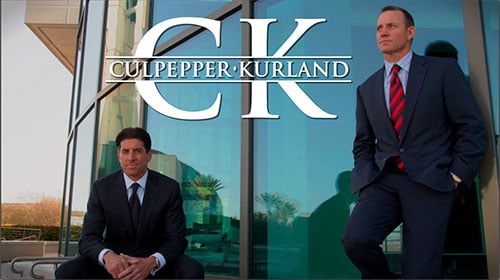Car accidents are the most common cause of death among people between the ages of 15 and 29. In Florida and across the country, car accidents result in more than 3,000 fatalities every day. Among the primary causes of car accidents is distracted driving. During the year 2017, car crashes with distracted driving involved claimed the lives of 3,166 people, accounting for 8% of the total number of traffic deaths that year. Distracted driving includes anything that takes the driver’s attention away from the immediate task of driving.
Common types of distracted driving include using a smartphone to call, text or search the web, reacting to or communicating with other people in the car, eating or looking at billboards. Reaction times are critical for safe driving, and any distraction might lead to an accident. Self-driving cars are designed to take some of the load of driving away from the driver. They will cruise in one lane for the driver, change lanes, park themselves and make things easier for the driver in many other ways.
Some critics, though, have argued that self-driving cars may actually lead to more distracted drivers. Complacency is a major factor in distracted driving, and the fear is that self-driving cars will make their drivers complacent. Features like artificial intelligence can cause drivers to believe they need not pay as much attention, which could lead to distracted driving crashes.
People in Florida who have been injured in an accident caused by a distracted driver might want to schedule a consultation with an attorney. An attorney who has experience handling personal injury cases might be able to help by gathering evidence and interviewing witnesses in order to build a case for trial. An attorney might negotiate an out-of-court money settlement with at-fault parties or their insurers, or he or she might draft and file a complaint for relief in civil court.


